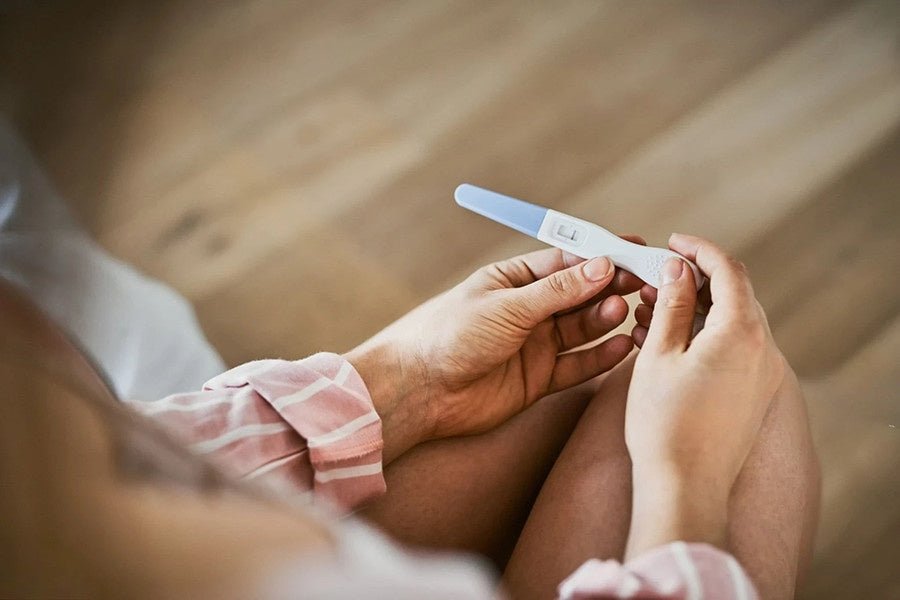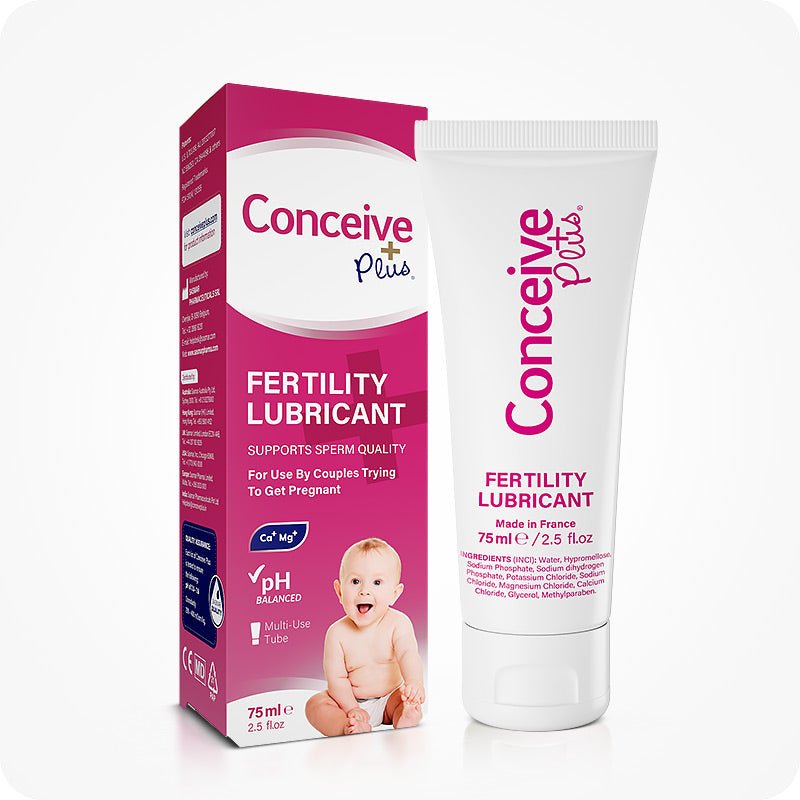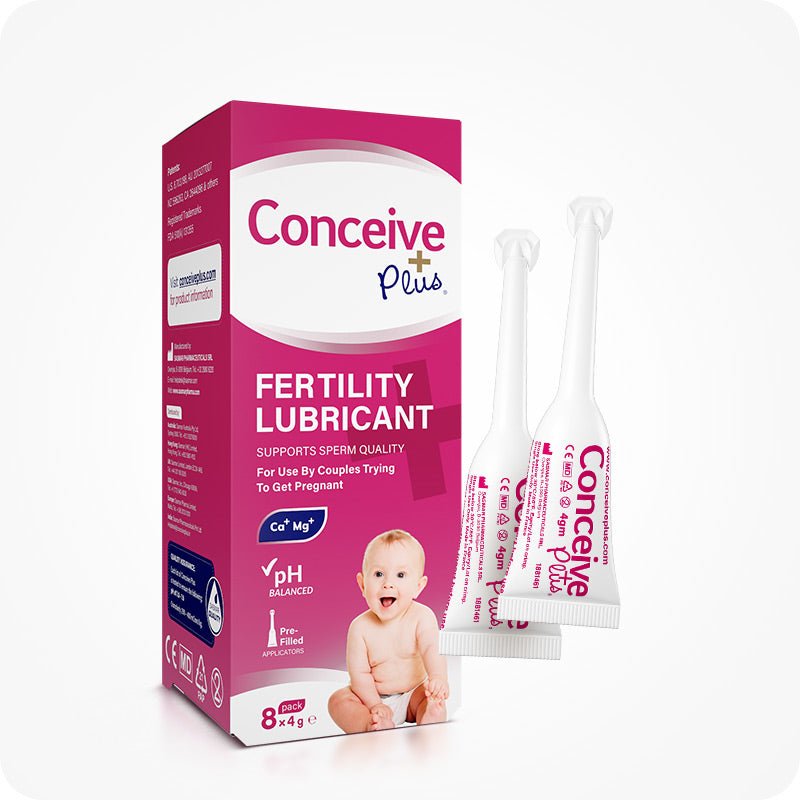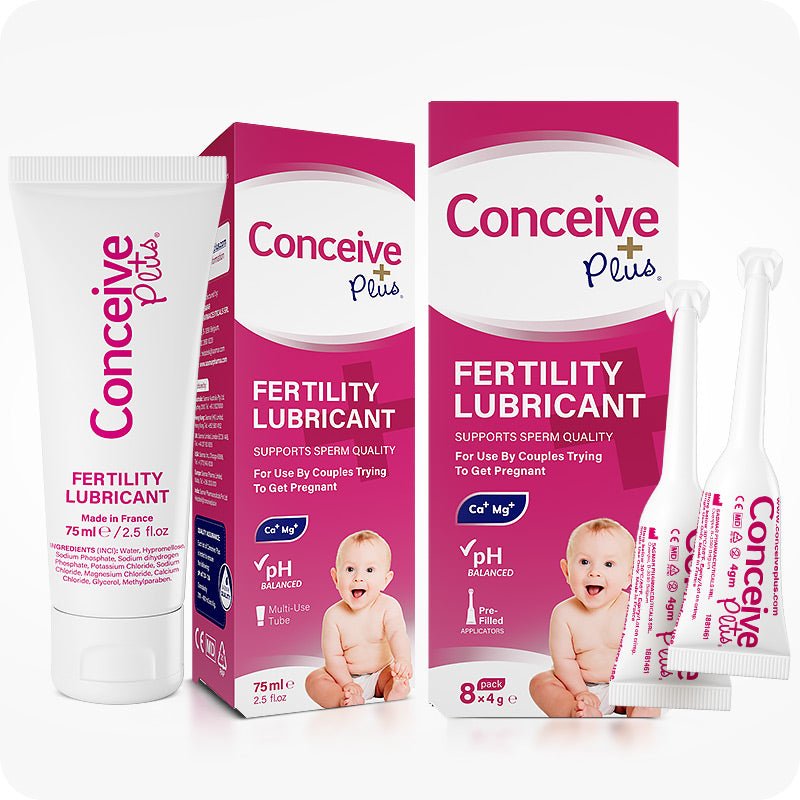What Percentage of Women Are Infertile and How Common Are Fertility Problems

It is essential to ask what percentage of women are infertile for those curious about modern fertility and wanting to expand their families. Some wonder how common are fertility problems, while others want to know the basics of healthy conception and typical barriers that may stand in the way. This article covers varied perspectives on fertility, including age impacts and nutritional considerations. Many couples discover that their journey to parenthood involves multiple factors, from hormone balance to lifestyle habits. Some might get overwhelmed by data, but proper knowledge can provide hope as well as practical steps [1].
Overview of Fertility Challenges
Fertility challenges happen when the normal processes involved in pregnancy run into trouble. Some couples achieve a pregnancy naturally within a few months, while others try for a year or more without success. The reasons differ. Medical conditions, environment, and genetics might influence the outcome [2]. Stress, ironically, can also hinder attempts, though it does not always become obvious. Short breaks or personal coping strategies often help a lot. Overall, understanding the range of possible difficulties can offer direction for exploring professional assistance or simpler at-home measures.
At times, data on how common is infertility highlights that many women face delays in conception. But this is not a closed door. Many eventually conceive after exploring a variety of solutions, so discouragement should not be the first response.
Understanding Age-Related Concerns
Age is a major factor. Young women typically have more viable eggs, though that doesn’t guarantee immediate success. Over the years, egg quantity and quality decline, which can cause repeated attempts to be unsuccessful. Some begin investigating how many women are infertile in their mid-30s, because that time often marks more noticeable changes in fertility levels. Cycles may still appear regular, but eggs may respond differently to hormonal signals [3]. Meanwhile, older men can also face slight drops in sperm health, so a male partner’s age can matter. A thorough discussion with a medical provider can clarify options, including female fertility assessments, that might identify the best path forward.
Potential Risk Factors
Risk factors for delayed or unsuccessful conception vary from person to person. Lifestyle choices play a key role. For instance, frequent alcohol or tobacco use can decrease reproductive health. Weight extremes—severe underweight or overweight—sometimes disrupt normal ovulation or sperm function. Chronic conditions, such as uncontrolled diabetes or thyroid imbalances, can raise difficulties. Anxiety or high levels of stress, though intangible, may also shift hormone patterns in subtle ways.
Another factor is environmental toxins. Certain chemicals might disrupt hormonal balance, though the extent depends on exposure and individual resilience [4]. Sometimes, people overlook these daily exposures, but a few changes, like using safer cleaning or personal care items, can be beneficial.
Ovulatory Issues and Hormonal Imbalances
A major question is what is the most common female factor in infertility cases. One frequent culprit is an ovulatory disorder, meaning the body either fails to release an egg regularly or the hormones needed for ovulation fluctuate abnormally. Polycystic Ovary Syndrome (PCOS) is perhaps the best-known condition here, as it can disturb menstrual regularity and even lead to insulin resistance. In other scenarios, thyroid disorders might prompt the body to produce too much or too little of certain hormones. Low progesterone can also shorten the luteal phase, leaving less time for implantation [5].
Recognizing these imbalances early can smooth the route to pregnancy. Health professionals often do blood tests, such as FSH (Follicle Stimulating Hormone) or LH (Luteinizing Hormone), to check for hidden troubles. Monitoring basal body temperature at home for a few months can also point out an irregular pattern.
The Influence of Key Nutrients
Nutrients are cornerstones of reproductive health. Some vitamins and minerals, including vitamin C and vitamin E, offer antioxidant protection for both eggs and sperm. Vitamin D influences bone integrity and hormone functionality, which helps maintain stable cycles. B vitamins, particularly B6 and B12, may assist with cell growth and keep energy levels steady. Iron is widely known for oxygen transport in the body, so inadequate iron might lessen overall vitality. Calcium and magnesium are vital for muscle function, including the uterine muscles.
Zinc, selenium, copper, and iodine also appear on various fertility checklists. Zinc supports DNA synthesis and impacts egg and sperm health. Selenium acts as an antioxidant, copper balances certain enzymes, and iodine powers thyroid operation, which has an essential role in pregnancy. L-arginine helps blood flow, while taurine can ease tension and stress [6]. Some people prefer getting these through a healthy meal plan, others rely on specific supplements. Medical guidance can decide which route is better.
Combining Herbal and Amino Acid Support
Several herbal extracts and amino acids have gained popularity among those who wonder how many women are infertile or question overall fertility. Maca root might boost libido. Tribulus terrestris is sometimes said to improve testosterone function, which can affect sperm. Meanwhile, ginseng often appears in men’s products for potential benefits to vitality. Withania somnifera (ashwagandha) is studied for stress relief and hormone support. CoQ10 is an antioxidant that helps reduce oxidative stress on eggs and sperm.
L-carnitine is an amino acid that can promote healthy sperm movement by helping with energy production. Meanwhile, fish oil can supply DHA and EPA, important fats for cell membranes [7]. Although not everyone sees immediate results from these, anecdotal stories and some preliminary studies highlight potential benefits.
Possible Dietary and Lifestyle Changes
A few basic tweaks in routine may make a difference for couples exploring how common are fertility problems. Balanced eating that includes fruits, vegetables, whole grains, and lean protein nourishes the body. Many find that extra sugar or unhealthy fats hamper wellness. Cutting down on smoking or alcohol, or removing them fully, is often recommended. Sleep patterns matter as well; insufficient rest might disturb hormone release. Light exercise, from walks to mild sports, can maintain a stable weight, reduce stress, and encourage good circulation.
Stress management is essential. Techniques differ from person to person. Some enjoy yoga or meditation, while others prefer journaling or counseling. Overexertion or strict diets without professional advice can ironically worsen fertility by depriving the body of needed nutrients [8]. So it is better to keep things in moderation.
Male Fertility Matters Too
Infertility is not solely on the woman’s shoulders, even if people get used to hearing what percentage of women are infertile or what percent of women are infertile as common queries. Male factors also account for a considerable chunk of overall cases. Low sperm count, shape abnormalities, and poor movement hamper successful fertilization. Lifestyle changes, like reducing heat exposure near the groin, can help. Adequate intake of zinc, selenium, and vitamins E and C may enhance sperm creation [9]. CoQ10, as previously mentioned, is also studied for male fertility.
In some instances, men might face varicocele, an enlargement of veins in the scrotum that can elevate temperature and damage sperm. This can be addressed surgically or medically. Often, early identification of the underlying cause is crucial.
Understanding Medical Evaluation
When success remains elusive after consistent attempts, doctors may suggest a fertility evaluation. Blood work can uncover hidden hormonal imbalances. Ultrasounds reveal structural issues in the reproductive system, including ovarian cysts or uterine fibroids. For women, specialized tests can check if the fallopian tubes are open or if scarring prevents movement of eggs. For men, semen analysis checks key sperm parameters. Some couples find that a combination of minor issues on both sides complicates the journey.
Technological tools are evolving. Advanced genetic tests may also detect if certain hereditary factors are contributing to difficulties [10]. In simpler terms, the earlier any concern is discovered, the better the likelihood of targeted solutions.
Possible Paths to Conception
Some couples conceive naturally but simply take longer. Others turn to medical help. Timed intercourse, guided by ovulation kits, might be enough for certain pairs. Ovulation-inducing medications can regulate cycles if ovulation is inconsistent. Intrauterine insemination (IUI) is a procedure where sperm is placed directly inside the uterus. Meanwhile, in vitro fertilization (IVF) is a more advanced approach.
With IVF, eggs are extracted, fertilized in a lab with sperm, then implanted back into the uterus. This method can be a relief for those dealing with blocked fallopian tubes or low sperm count. However, IVF is not guaranteed and can become expensive or emotionally challenging [11]. Weighing options with professional advice is recommended to determine if it fits personal circumstances.
Emotional Well-Being and Support
High expectations during a fertility journey can lead to frustration or sadness when attempts fail. Emotional well-being is crucial to maintain perspective. Support from friends, family, or counselors can lighten the burden. Some try support groups where individuals share their experiences with fertility treatments or simply talk about the daily emotional rollercoaster [12].
Self-care takes many forms. Some find quiet reflection beneficial, while others prefer creative outlets like art or music. Communication between partners is also vital. Teamwork often eases tension, fosters mutual support, and improves overall relationship health, regardless of the final outcome.
The Bottom Line
The curiosity around what percentage of women are infertile, how age affects egg health, or whether stress plays a role are all parts of a bigger puzzle. Many couples realize that small adjustments in diet, exercise, or stress levels can have surprising impacts. Meanwhile, medical interventions, if necessary, give another route. In any case, self-education on fertility can open doors to new insights. Clear communication with healthcare providers typically leads to better decisions about next steps. It is also wise to remain hopeful and remember that even though fertility might be delayed, solutions exist for many. For those still thinking about how common is infertility or whether solutions are accessible, reaching out to a qualified professional is a key place to begin.
FAQs
Can certain vitamins alone solve fertility problems?
No single vitamin is a magic cure. However, vitamins such as B6, B12, D, and minerals like zinc can support health that’s important for conception.
Does stress automatically prevent pregnancy?
Stress can affect hormone signals and cycles, but many factors shape fertility. Reducing stress can be beneficial overall, though it is often not the lone barrier.
Are men always tested for fertility issues?
Yes, testing is recommended for both partners because male factors represent a significant portion of infertility cases. A semen analysis often reveals sperm count and motility concerns.
How long to wait before seeking medical advice?
Guidelines usually suggest up to a year of regular, unprotected intercourse for those under 35. After 35, six months might be enough time to consider medical support.
Are herbal supplements safe for everyone?
Not necessarily. Each individual should consult a doctor or a qualified professional first, especially if there are existing health conditions or ongoing medications.
Citations
- Practice Committee of the American Society for Reproductive Medicine (2015). Diagnostic evaluation of the infertile female: a committee opinion. Fertility and sterility. Available at: https://pubmed.ncbi.nlm.nih.gov/25936238/
- Zegers-Hochschild, F., Adamson, G. D., Dyer, S., Racowsky, C., de Mouzon, J., Sokol, R., Rienzi, L., Sunde, A., Schmidt, L., Cooke, I. D., Simpson, J. L., & van der Poel, S. (2017). The International Glossary on Infertility and Fertility Care, 2017. Fertility and sterility. Available at: https://pubmed.ncbi.nlm.nih.gov/28760517/
- te Velde, E. R., & Pearson, P. L. (2002). The variability of female reproductive ageing. Human reproduction update. Available at: https://pubmed.ncbi.nlm.nih.gov/12099629/
- Caserta, D., Mantovani, A., Marci, R., Fazi, A., Ciardo, F., La Rocca, C., Maranghi, F., & Moscarini, M. (2011). Environment and women's reproductive health. Human reproduction update. Available at: https://pubmed.ncbi.nlm.nih.gov/21266373/
- Practice Committee of the American Society for Reproductive Medicine (2012). The clinical relevance of luteal phase deficiency: a committee opinion. Fertility and sterility. Available at: https://pubmed.ncbi.nlm.nih.gov/22819186/
- Battaglia, C., Salvatori, M., Maxia, N., Petraglia, F., Facchinetti, F., & Volpe, A. (1999). Adjuvant L-arginine treatment for in-vitro fertilization in poor responder patients. Human reproduction (Oxford, England). Available at: https://pubmed.ncbi.nlm.nih.gov/10402369/
- Bentov, Y., Yavorska, T., Esfandiari, N., Jurisicova, A., & Casper, R. F. (2011). The contribution of mitochondrial function to reproductive aging. Journal of assisted reproduction and genetics. Available at: https://pubmed.ncbi.nlm.nih.gov/21617930/
- Moran, L. J., Ko, H., Misso, M., Marsh, K., Noakes, M., Talbot, M., Frearson, M., Thondan, M., Stepto, N., & Teede, H. J. (2013). Dietary composition in the treatment of polycystic ovary syndrome: a systematic review to inform evidence-based guidelines. Journal of the Academy of Nutrition and Dietetics. Available at: https://pubmed.ncbi.nlm.nih.gov/23420000/
- Ebisch, I. M., Thomas, C. M., Peters, W. H., Braat, D. D., & Steegers-Theunissen, R. P. (2007). The importance of folate, zinc and antioxidants in the pathogenesis and prevention of subfertility. Human reproduction update. Available at: https://pubmed.ncbi.nlm.nih.gov/17099205/
- Rosner J, Samardzic T, Sarao MS. Physiology, Female Reproduction. [Updated 2024 Mar 20]. In: StatPearls [Internet]. Available at: https://www.ncbi.nlm.nih.gov/books/NBK537132/
- Chambers, G. M., Sullivan, E. A., Ishihara, O., Chapman, M. G., & Adamson, G. D. (2009). The economic impact of assisted reproductive technology: a review of selected developed countries. Fertility and sterility. Available at: https://pubmed.ncbi.nlm.nih.gov/19481642/
- Boivin, J., & Schmidt, L. (2005). Infertility-related stress in men and women predicts treatment outcome 1 year later. Fertility and sterility. Available at: https://pubmed.ncbi.nlm.nih.gov/15950646/














